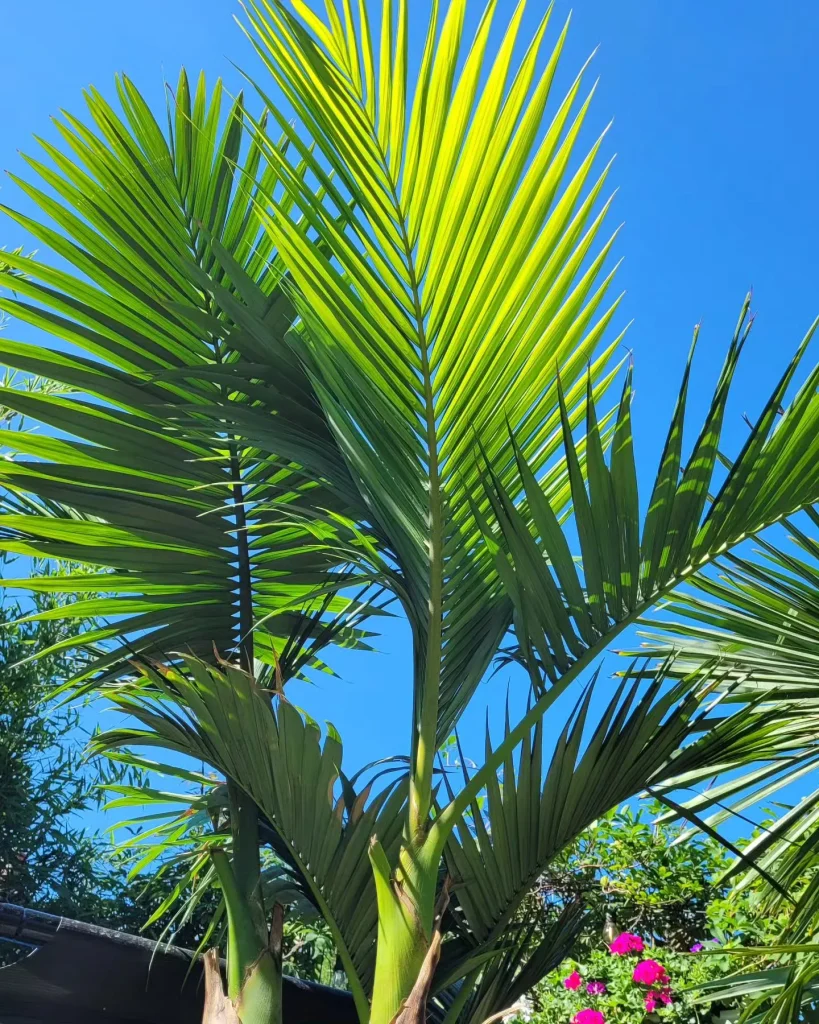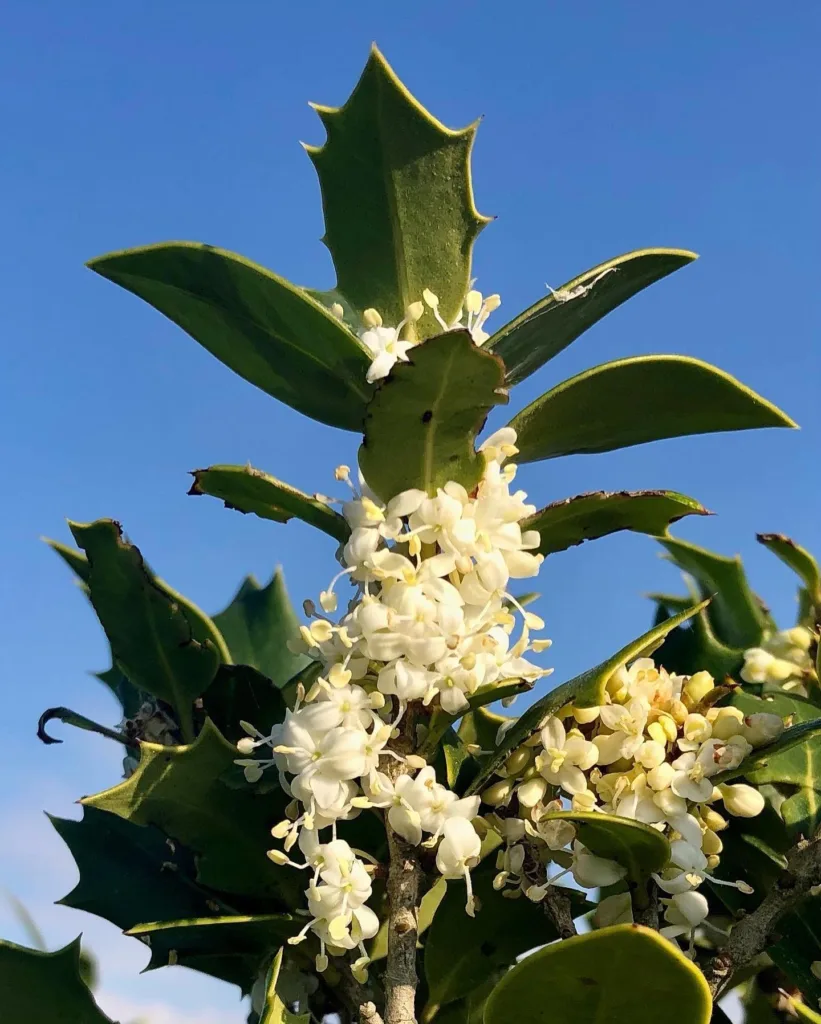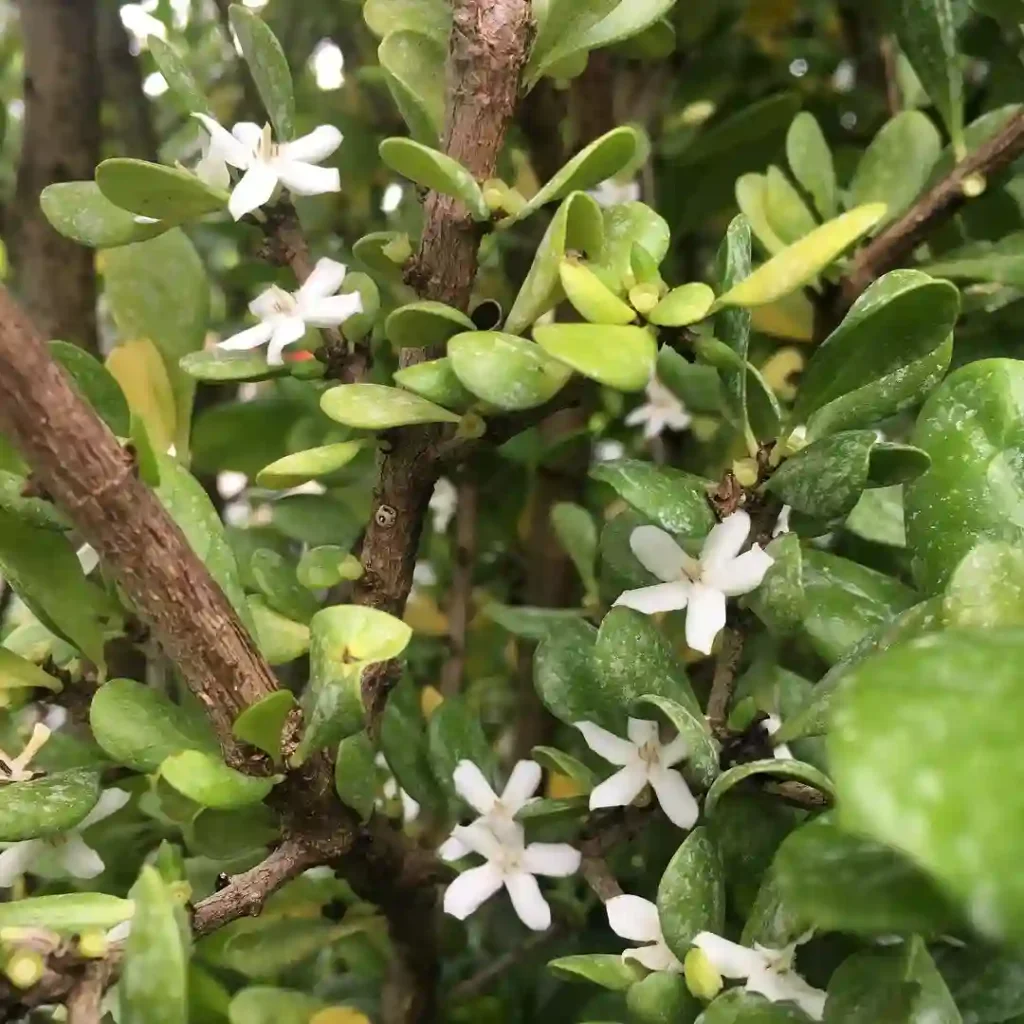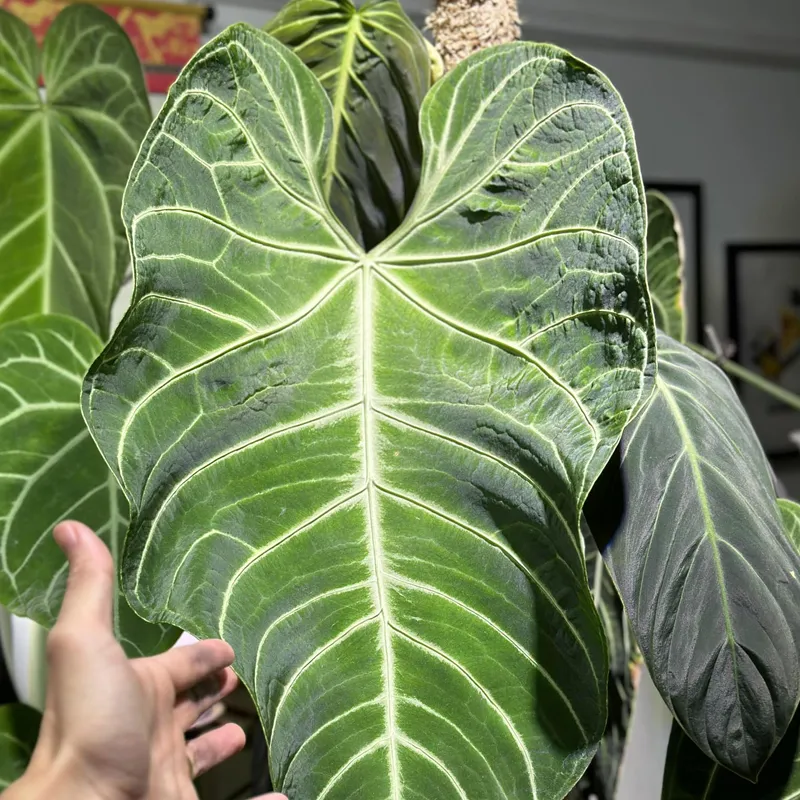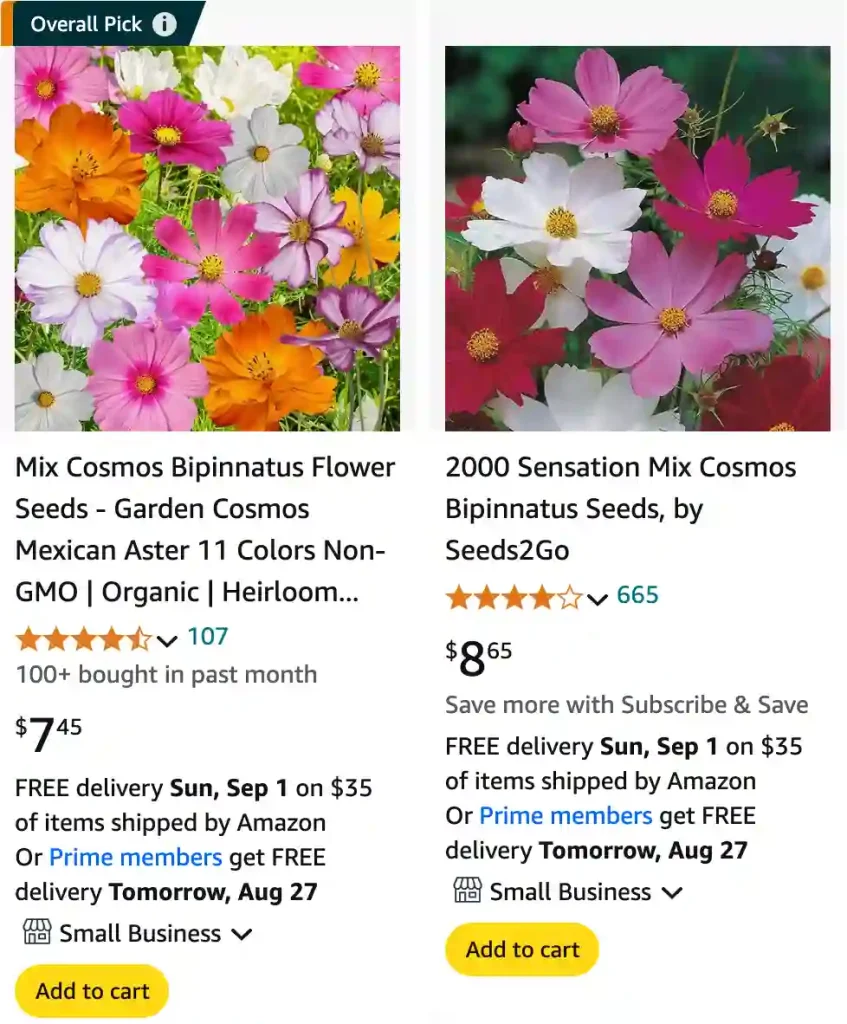
FAQs About Cosmos Bipinnatus
If you’re a garden enthusiast or just looking to add a splash of color to your outdoor space, you might be considering planting Cosmos Bipinnatus. Known for their vibrant blooms and ease of care, these flowers are a popular choice among gardeners. In this article, I’ll address some common questions about Cosmos Bipinnatus, from their edibility to their growth habits.
35 Species in Genus Cosmos
What is a Cosmos Bipinnatus?
Cosmos Bipinnatus, commonly referred to as the Garden Cosmos, is a flowering plant native to Mexico. It’s celebrated for its daisy-like flowers that come in shades of pink, white, and purple. These flowers typically bloom from summer to fall, adding a cheerful touch to any garden. The plant itself is known for its fern-like foliage and delicate, airy appearance.
Are Cosmos Bipinnatus Edible?
Yes, Cosmos Bipinnatus flowers are edible. The petals have a mild, slightly bitter taste and can be used as a garnish in salads or desserts. They are not toxic and can be safely consumed in small amounts. However, it’s always a good idea to ensure that the flowers haven’t been treated with pesticides or other chemicals before eating them.
Is Cosmos Bipinnatus a Perennial?
Cosmos Bipinnatus is generally considered an annual in most climates, meaning it completes its life cycle in one growing season. However, in warmer climates with mild winters, it can sometimes behave like a perennial and come back the following year. If you live in a region with cold winters, you’ll need to replant Cosmos Bipinnatus each spring.
How to Grow Cosmos Bipinnatus from Seed?
Growing Cosmos Bipinnatus from seed is relatively straightforward. Start by planting seeds indoors 6 to 8 weeks before the last expected frost. Use seed trays filled with a seed-starting mix and scatter the seeds on the surface, lightly pressing them into the soil. Keep the trays in a warm, sunny spot or under grow lights. Once the seedlings have grown large enough and all danger of frost has passed, you can transplant them outdoors.
When to Plant Cosmos Bipinnatus?
The best time to plant Cosmos Bipinnatus outdoors is after the last frost in spring. These plants thrive in full sun and well-drained soil. If you’re starting from seeds indoors, you should plant them 6 to 8 weeks before the last frost date to give them a head start.
How Tall Are Cosmos Bipinnatus Flowers?
Cosmos Bipinnatus can vary in height depending on the variety. Typically, they grow between 24 to 36 inches tall, although some varieties can reach up to 48 inches. Their tall, slender stems make them a striking addition to any garden bed or border.
How to Grow Cosmos Bipinnatus?
Growing Cosmos Bipinnatus is easy with a few key tips. These plants prefer full sun and well-drained soil. They are quite drought-tolerant, so you don’t need to water them excessively. To promote healthy growth and abundant blooms, it’s helpful to provide a balanced fertilizer every few weeks. Deadheading spent flowers can also encourage more blooms throughout the season.
Is Cosmos Bipinnatus Toxic to Dogs?
No, Cosmos Bipinnatus is not known to be toxic to dogs. They are generally considered safe for pets. However, if your dog is prone to chewing on plants, it’s always wise to monitor them to ensure they don’t ingest large amounts of any plant material.
How to Care for Cosmos Bipinnatus?
Caring for Cosmos Bipinnatus involves ensuring they get plenty of sunlight and regular watering. They are relatively low-maintenance but benefit from occasional fertilization. Removing dead or wilted flowers, known as deadheading, will encourage continuous blooming. Be sure to provide enough space between plants to allow for their full height and spread.
How to Propagate Cosmos Bipinnatus?
Cosmos Bipinnatus can be propagated from seeds. Collect seeds from spent flowers at the end of the growing season and store them in a cool, dry place until you’re ready to plant. You can also propagate them through division, though this method is less common.
What to Plant With Cosmos Bipinnatus?
Cosmos Bipinnatus pairs well with other flowers that have similar light and soil requirements. Consider planting them alongside Marigolds, Zinnias, or Black-eyed Susans. These companions will complement the vibrant colors of the Cosmos and create a visually appealing garden display.
Can You Grow Cosmos Bipinnatus Indoors?
While Cosmos Bipinnatus prefers outdoor conditions, it is possible to grow them indoors with the right setup. Ensure they have access to bright, direct light, and provide good ventilation. Indoor growth may result in shorter plants with fewer blooms, but it can be a fun experiment if you have the right environment.
Benefits of Growing Cosmos Bipinnatus
In addition to their beauty, Cosmos Bipinnatus plants attract pollinators like bees and butterflies, which is beneficial for garden ecosystems. They are also relatively low-maintenance and can handle a variety of soil conditions, making them a great choice for both novice and experienced gardeners.
Common Problems
Common issues with Cosmos Bipinnatus include powdery mildew, which can be managed with proper spacing and good air circulation. Additionally, they can be susceptible to aphids, which can be controlled with insecticidal soap or natural predators.
By understanding these aspects of Cosmos Bipinnatus, you can make the most of this lovely flower in your garden. Whether you’re growing them from seed or enjoying their blooms throughout the season, they’re sure to bring a burst of color and joy to your outdoor space.
If i die, water my plants!
